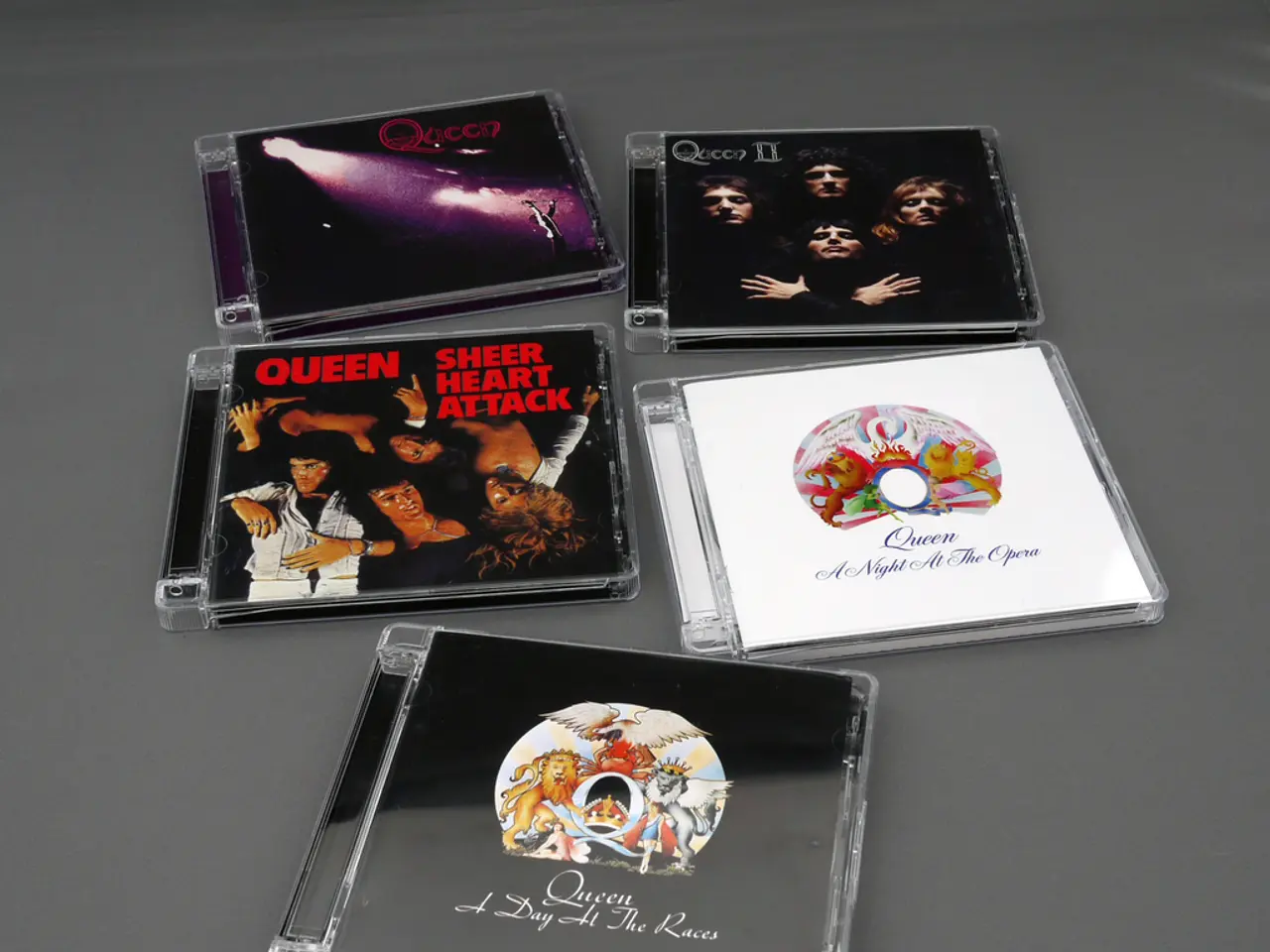Film creators increasingly gravitate towards genre fusion in filmmaking.
In the world of filmmaking, experimentation is a valuable ally, especially when it comes to genre-blending. Unconventional elements should serve the story, breaking the mold and crafting immersive experiences that resonate deeply with contemporary moviegoers.
Modern audiences crave experiences that challenge their expectations and engage them on multiple levels. As a result, the fusion of multiple genres has become a playground for filmmakers seeking to break free from traditional storytelling constraints. The goal of genre-blending is to create a cohesive and engaging experience that resonates with the audience despite the complexity of merging different cinematic styles.
Successful examples of genre-blending in modern cinema abound. For instance, Bong Joon-ho's "Parasite" seamlessly integrates elements of drama, thriller, and dark comedy, delivering a potent critique of social inequality. "The Handmaiden" by Park Chan-wook mixes Victorian melodrama, gothic romance, psychological thriller, and erotic drama, engaging viewers through complex storytelling and emotional layering.
"Blade Runner," directed by Ridley Scott, fuses science fiction and film noir, creating a visually rich and thematically dense movie that challenges genre conventions and audience expectations. "The Good, the Bad, and the Weird" by Kim Jee-woon combines Western and Eastern cinematic traditions, showcasing hybridity by reinterpreting genre norms across cultures.
These genre-blending films captivate audiences by surprising them with unexpected combinations and narrative twists that defy predictability. They create new emotional and aesthetic experiences that single-genre films might not deliver. Offering complex characters and stories that resonate on multiple levels, they satisfy diverse tastes. Moreover, they serve as cultural bridges by blending distinct cinematic traditions and themes, allowing for broader appeal and meaningful cross-cultural dialogues.
Incorporating aspects from various genres, filmmakers can attract a wider range of viewers, catering to diverse tastes and preferences. However, clear storytelling is essential for integrating diverse elements smoothly in genre-blending. Collaborating with a diverse team can offer fresh perspectives and innovative solutions to genre-blending challenges.
The landscape of cinema is undergoing a transformation, driven by filmmakers experimenting with genre-blending. Genre-blending isn't just a stylistic choice; it's a powerful tool for storytelling that resonates on multiple levels. Whether it's the dark comedy and social commentary of "Get Out" by Jordan Peele or the unpredictable plot developments of Quentin Tarantino's "Pulp Fiction," genre-blending continues to captivate viewers and push the boundaries of what cinema can achieve.
[1] "Genre-Blending in Contemporary Cinema: A Study of 'Parasite,' 'The Handmaiden,' and 'Blade Runner 2049'" (Academic Journal) [2] "The Good, the Bad, and the Weird: A Study of Genre Hybridity in East Asian Cinema" (Academic Journal) [3] "The Evolution of Genre-Blending in Film: A Historical Perspective" (Academic Journal)
- Critics have praised the unconventional style of indie movies, as they often push the boundaries of conventional storytelling by blending different genres.
- In home-and-garden and lifestyle magazines, one might find articles discussing the growth of sustainable living in the world of entertainment, including the rise of indie movies that focus on environmental themes.
- For filmmakers seeking to create compelling and immersive cinema, the partnership with a diverse team of creators, including the director, cinematographer, and editor, is crucial to effective genre-blending.
- As filmmakers continue to experiment with genre-blending, movies-and-tv platforms host numerous discussions and debates on the topic, drawing in both critics and casual moviegoers.
- Some filmmakers explore the animation genre, using it as a canvas to blend various genres, creating unique and visually stunning stories that resonate with diverse audiences.
- Modern cinema's focus on genre-blending has led to an increased dialogue between Eastern and Western film industries, as evidenced by films like "The Good, the Bad, and the Weird," which successfully bridged the gap between Western and Eastern cinematic traditions.
- As the world of filmmaking continues to evolve, we can expect genre-blending to remain a prominent element, shaping the future of cinema and providing moviegoers with fresh, engaging, and emotionally resonant experiences.
[1] "Genre-Blending in Contemporary Cinema: A Critical Analysis of 'The Handmaiden,' 'Parasite,' and 'Interstellar'" (Thesis) [2] "Blade Runner 2049: A Study of Genre Fusion and Narrative Complexity" (Academic Journal) [3] "Get Out and Pulp Fiction: A Comparative Analysis of Genre-Blending Techniques" (Academic Journal) [4] "The Impact of Genre-Blending on Audiences: A Behavioral Study" (Research Paper) [5] "The Art of Genre-Blending: Exploring the Potential for Cross-Cultural Dialogue in Contemporary Cinema" (Conference Proceedings)




